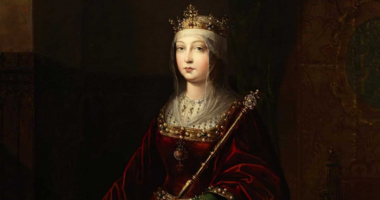Top 10 Interesting Facts about Jules Verne
Considered as the father of science fiction, Jules Verne’s popularity remains very high one century after his death. He is the second most translated author in ... read more...the world since 1879, behind Agatha Christie but before Shakespeare. Jules Verne had been called a visionary by many. But there is often confusion between the inventions he imagined himself and those where he “only” anticipated the future evolution of an already discovered invention. It is essential to take a closer look to assess the exact nature of Verne’s genius. Let’s discover some interesting facts about Jules Verne.
-
Nantes, a prosperous port city in the west of France, is where Jules Verne was born in 1808. He was a lawyer's son, and when his father retired, the young Jules was supposed to take over his practice. He pursued law degrees while attempting for years to persuade his family to support his ambition to pursue art.
His early writings were not well received by the publishers when he had reached adulthood. He also tried to write plays, some of which were published but had little success. Jules Verne worked as a stock broker at the stock exchange to help support his family. He continued to be in poverty. He kept writing before and after work because he was a man of discipline and tenacity.Jules Verne finally met the publisher Pierre-Jules Hetzel after encountering fifteen rejections. Hetzel recognized Jules Verne's potential and agreed to publish his first book on the condition that it underwent a thorough editing. Five Weeks in a Balloon was the result (1863).
Jules Verne and Pierre-Jules Hetzel grew close. The publisher guided Jules Verne and offered him sound guidance since he had the knowledge and insight to do so. Jules Verne experienced an immediate success under his guidance that lasted the duration of his lengthy career. In total, 62 books and 12 short tales were published by him.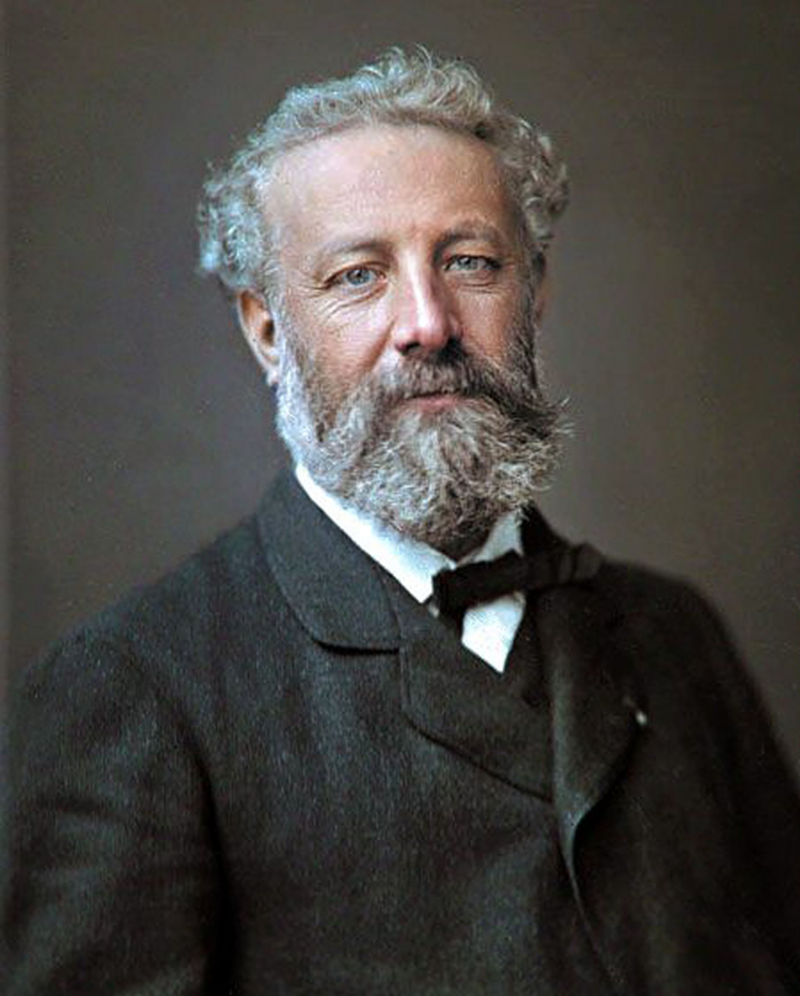
Photo: https://www.biography.com/writer/jules-verne 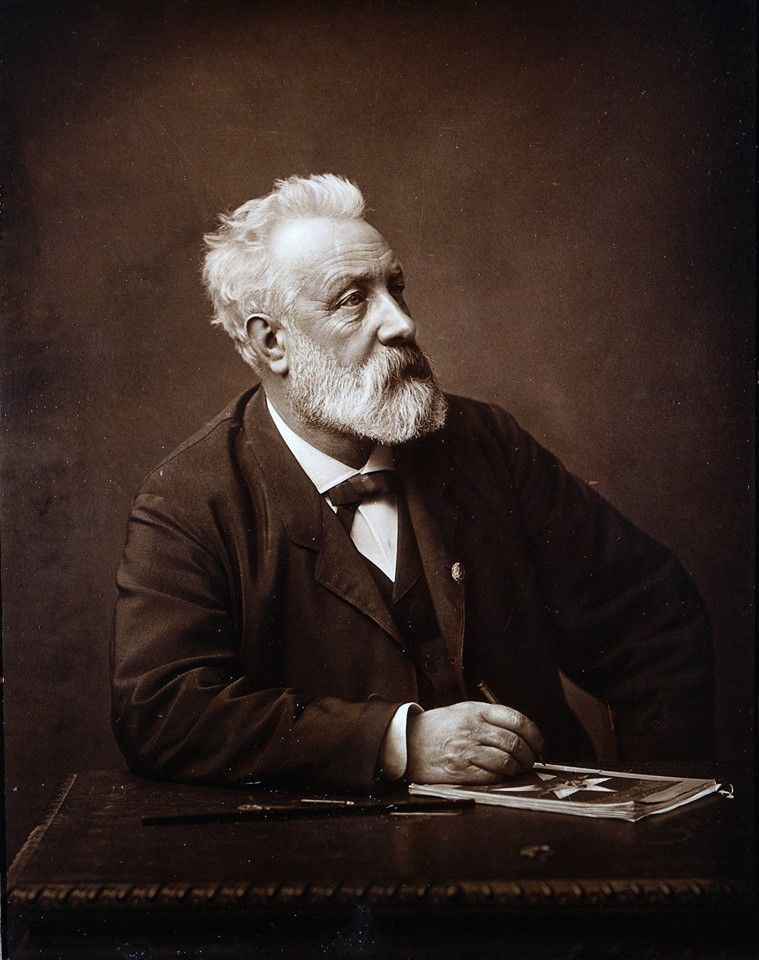
Photo: https://www.quora.com/Whats-your-opinion-of-Jules-Verne -
Jules Verne wanted to be acknowledged for his literary talent rather than just to amuse his audience. He and his publisher spent a lot of time refining his literary style and revising his texts. His exceptional capacity to spark the imagination of his reader eventually led to the discovery of his skill. The people and technology he portrayed were authentic and convincing. But because his works were all about adventures and travel, he was exclusively considered a young-adult author.
In order to evaluate the literary merits of the authors in France in the 19th century, one literary institution was crucial. L'Académie Française was made up of authors, poets, and occasionally scientists who were chosen for life because of their literary prowess. The surviving members would vote to choose the author to fill the vacant seat whenever a member passed away.
Numerous times Jules Verne's application for a seat was put forth, but every time another author was chosen. He received a literary award from L'Académie Française, but never one greater. At the end of his career, in 1892, Jules Verne expressed remorse about never having "mattered" to French literature.
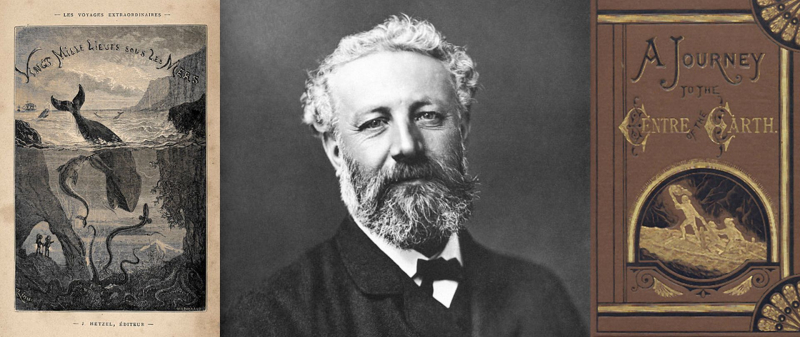
Photo: https://theportalist.com/little-known-facts-about-jules-verne 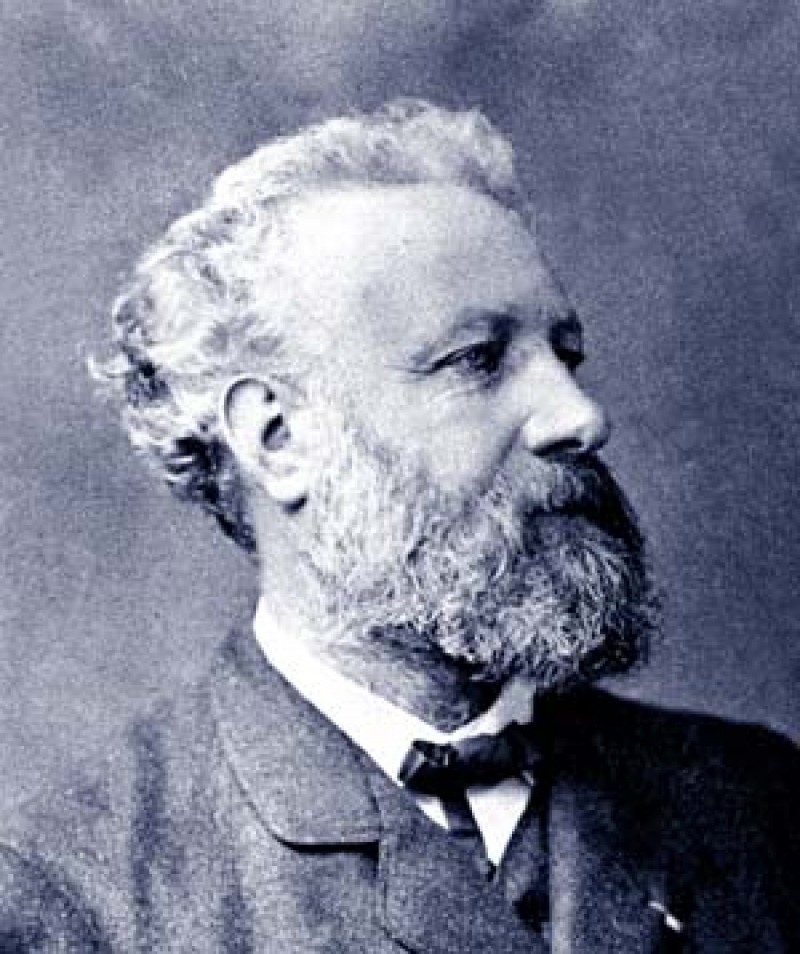
Photo: https://www.br.de/radio/bayern2/sendungen/radiowissen/deutsch-und-literatur/jules-verne126.html -
Jules Verne led a quiet, contemplative life and never actively participated in the literary and political controversies of the day. He had neither enemies nor fierce rivals. Jules Verne was shot in 1885 despite this. Gaston Verne, his nephew, was the offender. One afternoon, Gaston was waiting in Jules Verne's home when he arrived, and he started shooting at him. Jules Verne took a blow to the legs. Jules Verne was unable to have the bullet removed, and he was forced to live with a limp.
Jules Verne may consider himself fortunate to escape with only this, but the incident had a significant negative effect on his mental state. He had to give up his favorite pastime, sailing. Gaston's motivations were never made known. Gaston's father claimed that he wished to draw attention to Jules Verne in order to encourage his acceptance into the Académie Française. Gaston Verne spent the remainder of his life in an asylum since he was thought to be insane.
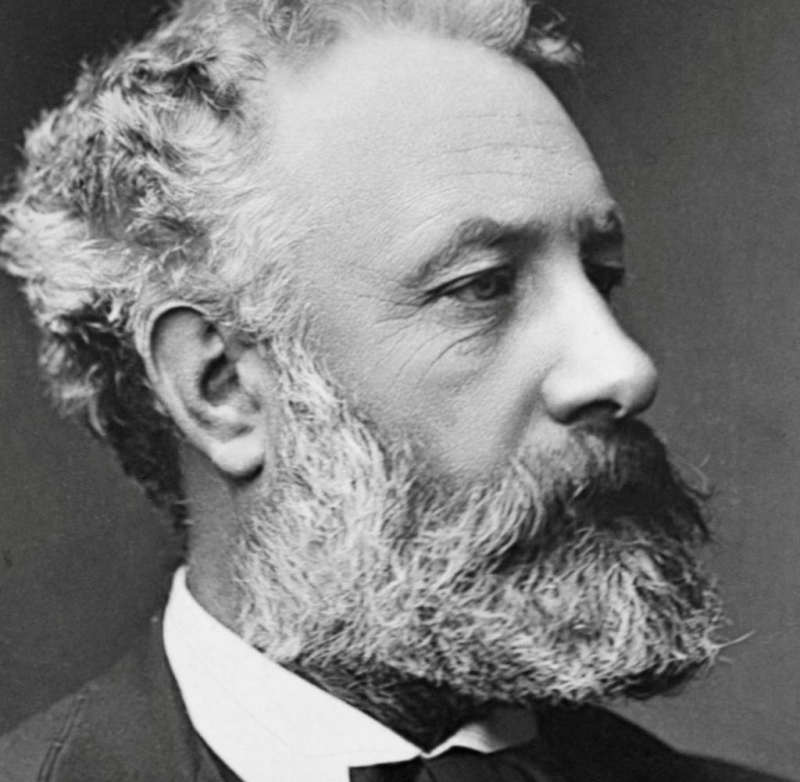
Photo: https://www.welt.de/kultur/literarischewelt/article167923407/Der-Mann-der-den-Science-Fiction-Roman-erfand.html 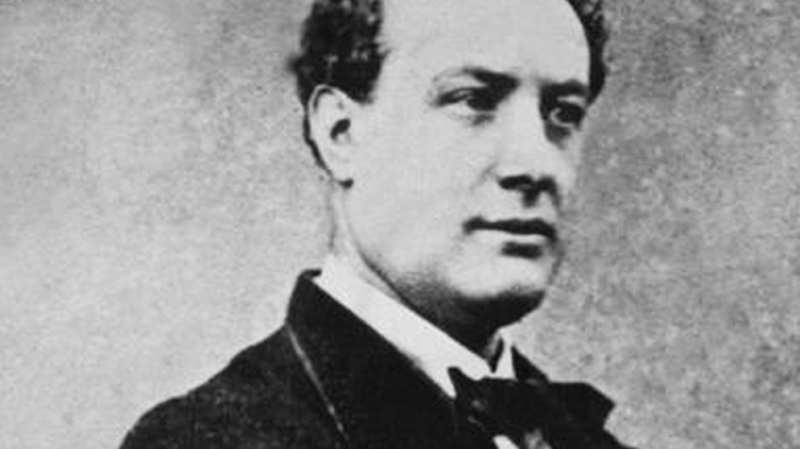
Photo: https://www.pinterest.com/pin/210965563767452455/ -
Jules Verne is recognized for his ability to foresee the direction that science will take. The last inventions of his era and some that were only projects or even fantasies when he wrote about them are depicted in his novels. Jules Verne, however, never pursued a career in science.
In order to make up for it, the author read for many hours every day in a library in Amiens, where he lived. He wrote down a lot of notes on cards for later use. In addition, Jules Verne frequently questioned the scientists in his circle of friends and family. He found it simpler to meet and speak with scientists as he rose to fame.
While he was still living, his work inspired scientists' ardor, and this excitement persisted for a very long time. Jules Verne was cited by several scientists and explorers as having a significant influence on their decision to pursue their careers. You may name Yuri Gagarin, the first cosmonaut to travel to space, as one of them.
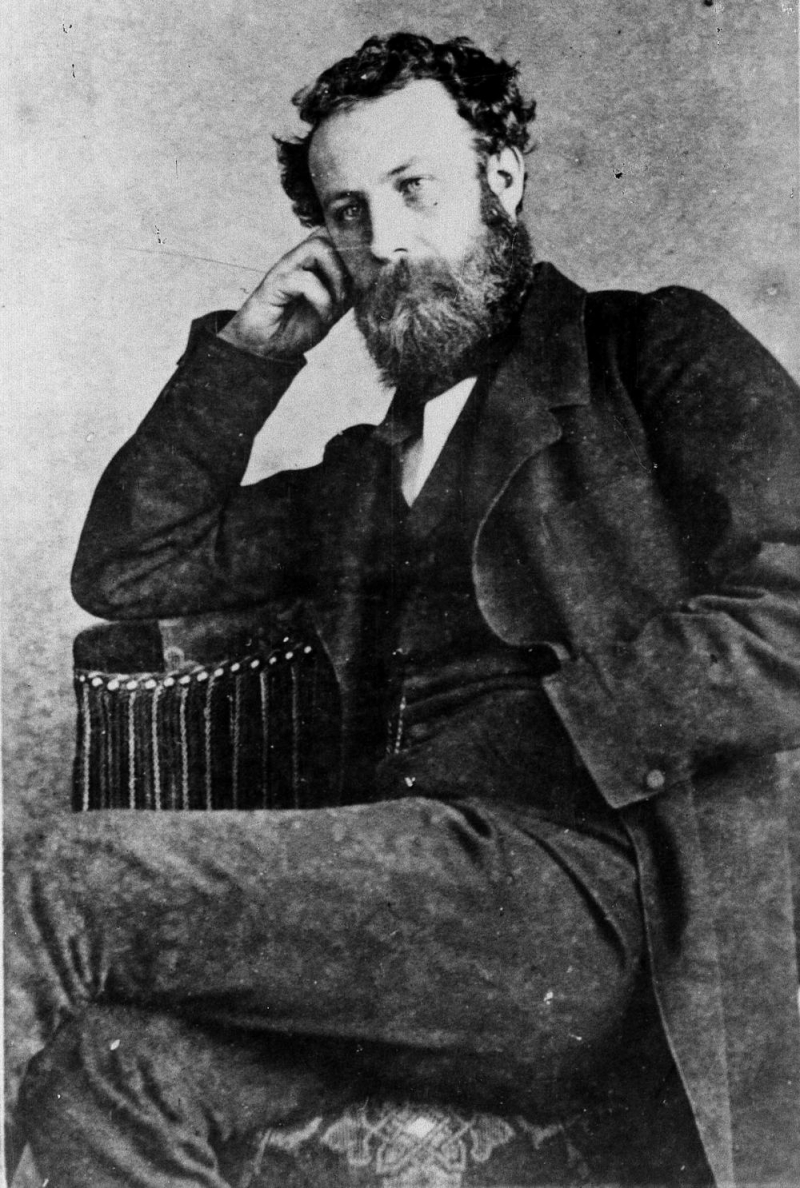
Photo: https://www.telerama.fr/livre/trois-raisons-de-re-lire-la-face-cachee-de-jules-verne-6928449.php 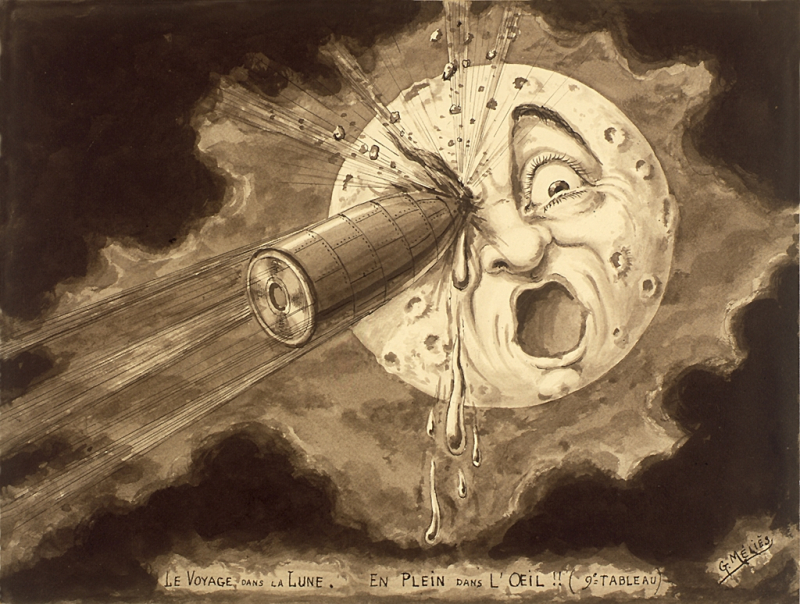
Photo: https://interestingengineering.com/prophet-or-futurist-7-technologies-jules-verne-predicted-leagues-ahead-of-his-time -
Jules Verne was very inspiring about the development and potential of science, but he did not share that optimism. He did not believe, as some did in his time, that science would ultimately resolve all of society's issues, an interesting fact about Jules Verne.
Due to Hetzel's effect on his work, his perspective is not entirely apparent. His publisher urged him to focus on topics that readers would be interested in. Verne was urged to maintain a positive attitude and a cheerful demeanor.Is the darker tone in his writing at the end of his life related to the bitterness of his advanced age? Or is it a result of Jules Verne's freedom to express himself following Hetzel's death in 1886? The clearest example of Jules Verne's pessimism and Hetzel's censoring is found in the posthumously released book Paris in the Twentieth Century.
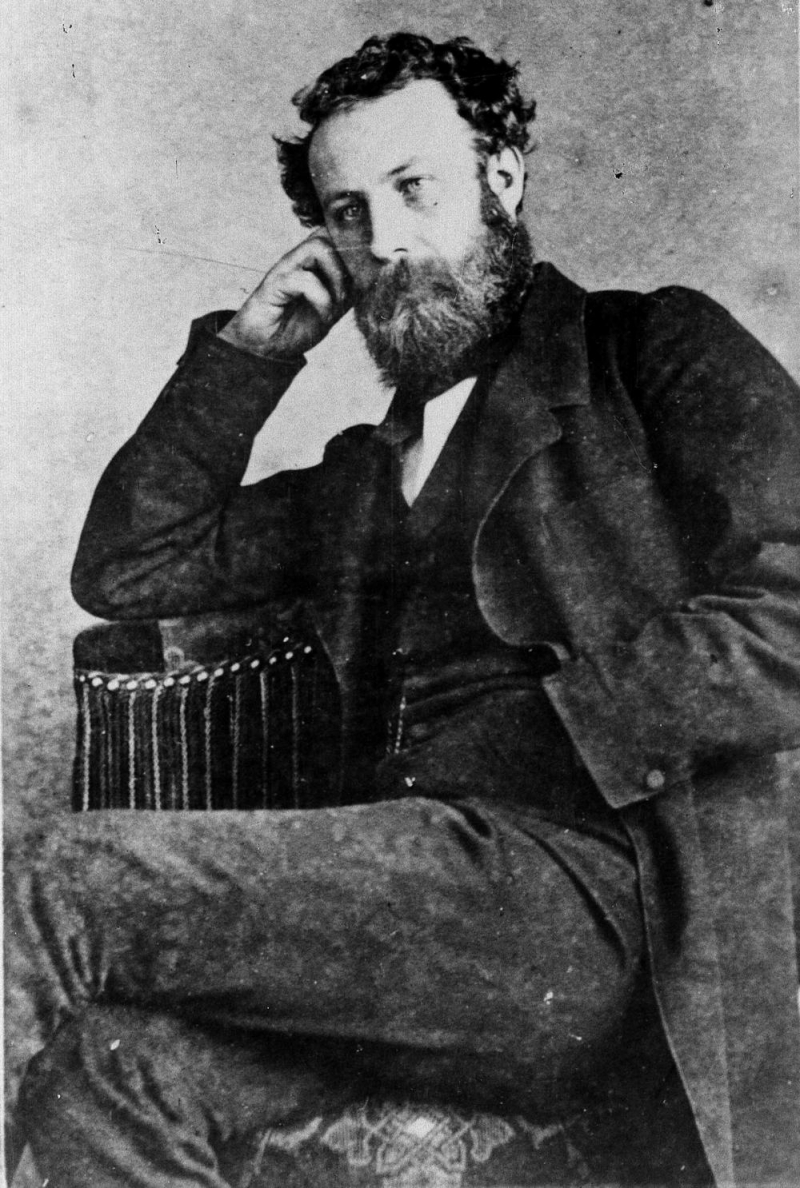
Photo: https://www.telerama.fr/livre/trois-raisons-de-re-lire-la-face-cachee-de-jules-verne-6928449.php 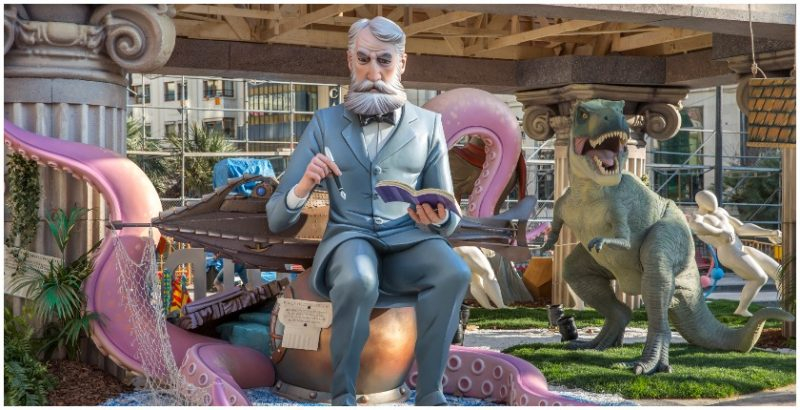
Photo: https://www.thevintagenews.com/2019/03/09/jules-verne/ -
Immediately following Jules Verne's debut publication in 1863, the first section of Paris in the Twentieth Century was written. Hetzel rejected it for publication because it was too grim and unreal. After his passing, the manuscript was unearthed, and it was eventually published in 1994.
One hundred years after it was written, the dystopian universe of the book is situated in 1960. The depiction of the future Paris shows it to be both technologically and culturally backward. Michel, the main character, holds a degree in literature in a society where only business and technology are important. Books by famous nineteenth-century writers like Victor Hugo are no longer available in bookstores, there is no longer any journalism, and poetry is reviled.
The most fascinating aspect of the book now is its technological basis, which Jules Verne did not think much about when he wrote it. The author conjured up "gas cabs" with internal combustion engines, a metro system powered by electricity and compressed air, and a city full of skyscrapers. Many of his prophecies came to pass, including the development of WMDs that rendered modern warfare impractical.
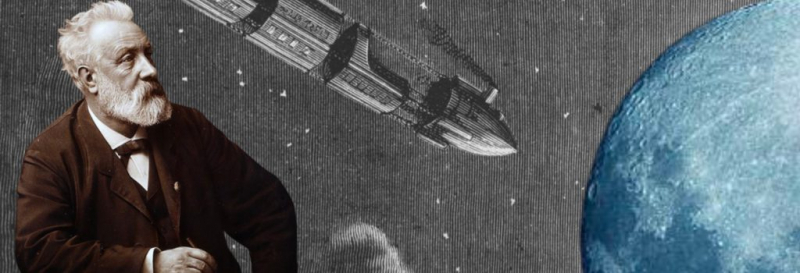
Photo: https://www.bbvaopenmind.com/en/humanities/beliefs/jules-verne-dream-sustainable-scientific-progress/ 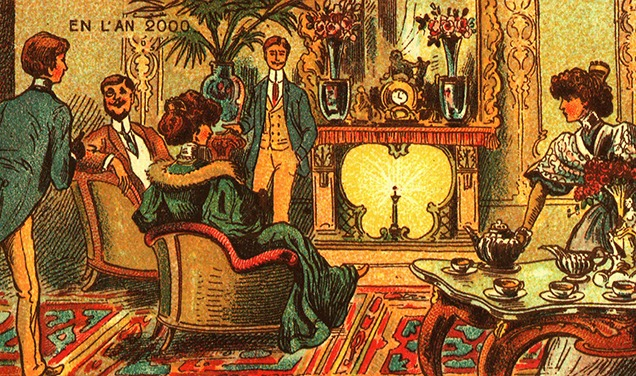
Photo: https://www.architectural-review.com/essays/books/unreal-futures-jules-vernes-paris-in-the-twentieth-century -
Jules Verne released From the Earth to the Moon in 1865. There were numerous parallels between the story of these men's moon landing attempt and what transpired a century later. The Baltimore Gun's Club takes the initiative in Jules Verne's book. These former artillerymen and American Secession War veterans use their knowledge to be ready for the expedition.
Actually, World War II also had a significant impact on the advancement of science that made the mission possible. The planning of the Apollo project's basic logistics also involved artillerymen. Jules Verne wagered on Americans to complete this assignment, just as it was done in actuality. This is an interesting fact about Jules Verne. At the time of the writing, this freshly industrialized country seemed full of possibilities.
Florida was deemed by the author to be the ideal beginning site and NASA agreed with this conclusion. Only 139 miles separate the location they choose, Merrit Island, from Jules Verne's, Stone Hill. The canon that would carry the crew to the moon was given the name Columbiad by Jules Verne. In honor of Jules Verne's writing, Neil Armstrong and his companion will go in a spacecraft called Columbia. Jules Verne predicted the mission's costs and the choice of aluminum for the spaceship, among other similarities.
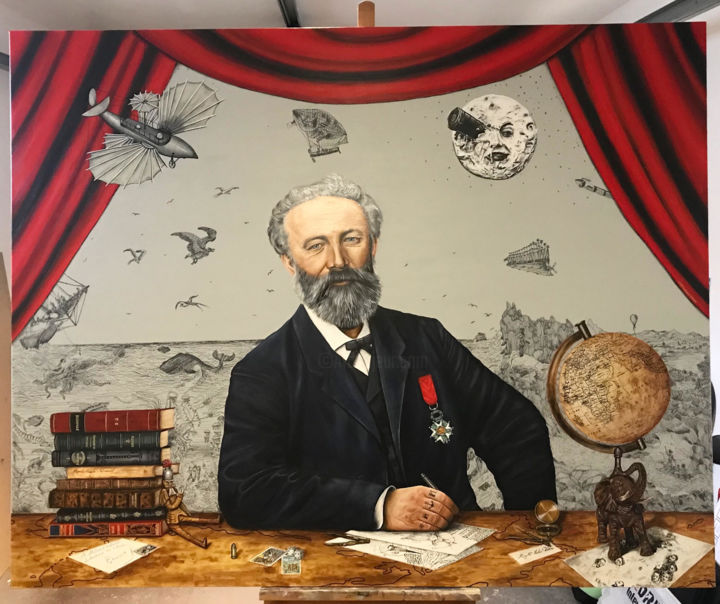
Photo: https://www.artmajeur.com/en/cattlanda/artworks/14158781/jules-verne 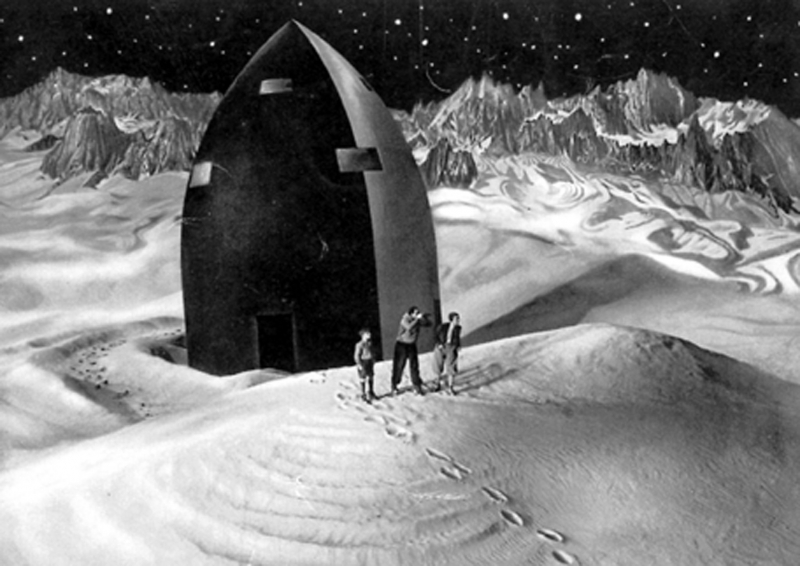
Photo: https://www.histoiresdeparfums.com/ko/blogs/hdp-blog/february-8-1828-jules-verne -
Jules Verne published The Carpathian Castle in 1892. A book that most likely served as inspiration for Bram Stoker's Dracula, published five years later. It centers on enigmatic incidents that happen in and around an Austria-Hungarian castle. Baron Rodolphe de Gortz, the castle's owner, had a crush on the Italian opera diva La Stilla, whom he believed to be dead. He is enthralled by her voice and picture on what appears to be contemporary television.
The vision is revealed in the book to be a still photograph of La Stilla singing, complete with flawless recordings of her voice. The baron watches it similarly to how people today watch television. Even if the resultant sound could not be mistaken for a real speech, the ability to record a voice existed at the time of Jules Verne.
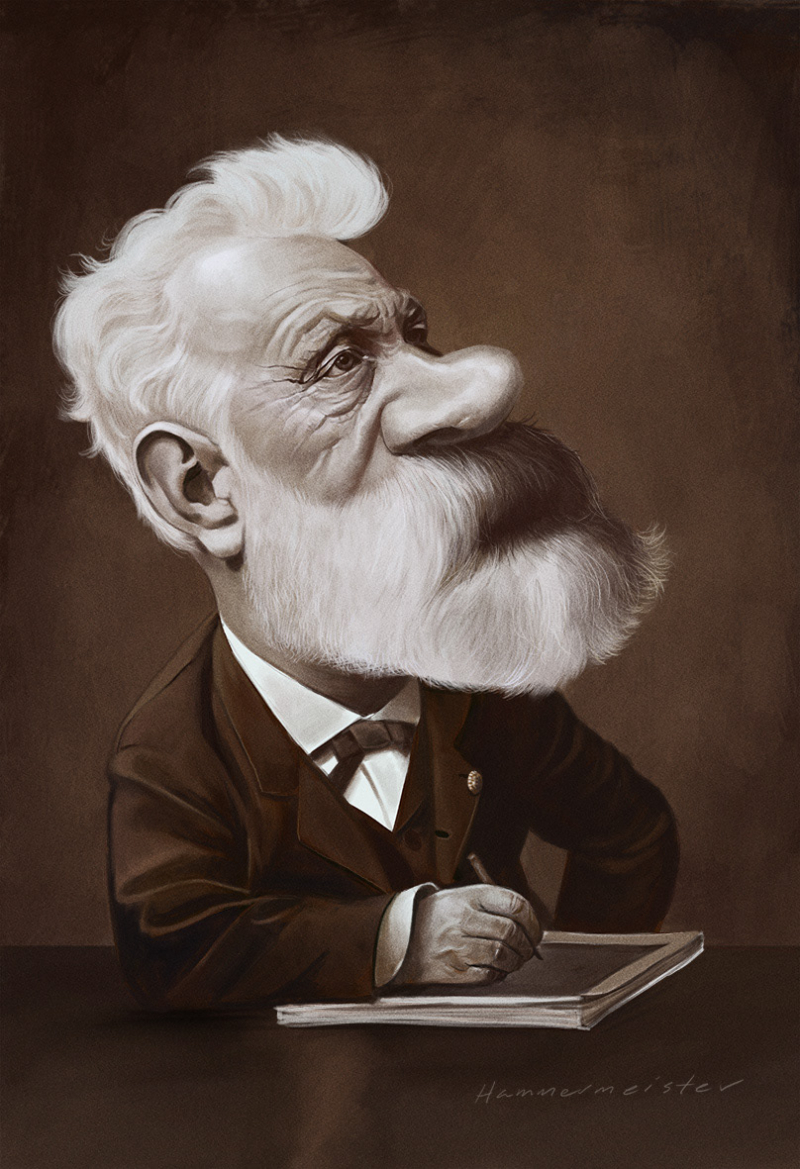
Photo: http://komo.vn/tac-gia/915.html 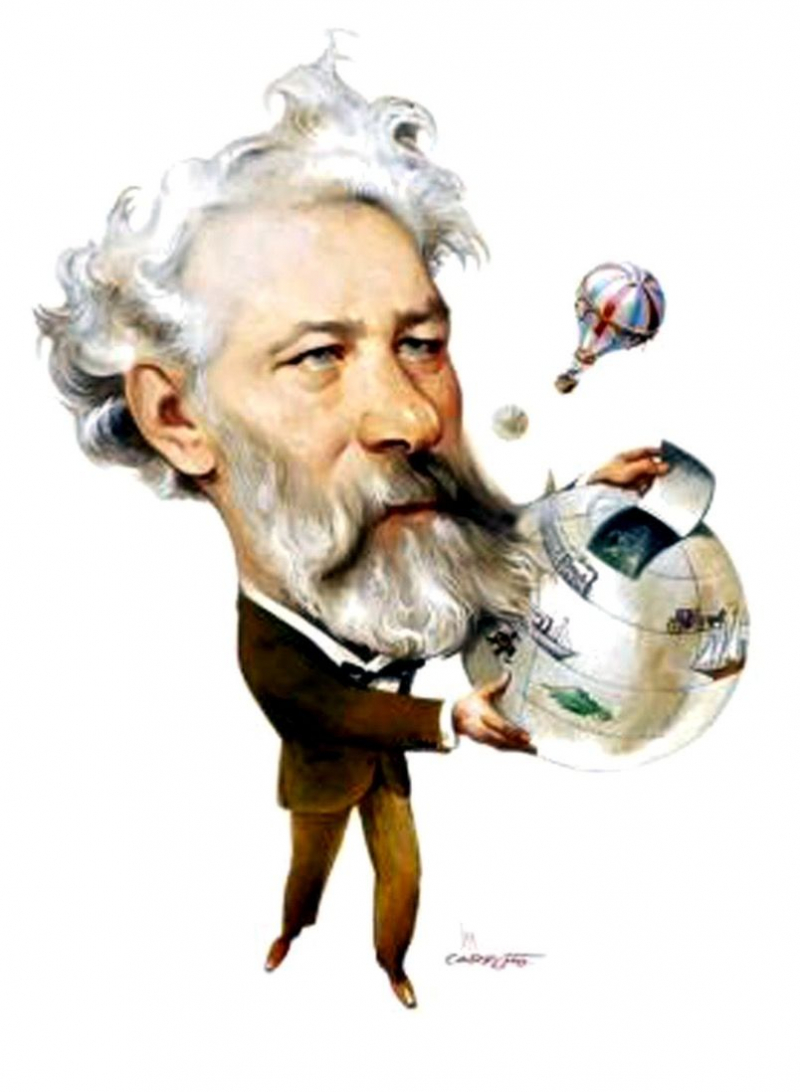
Photo: https://blogthinkbig.com/inventions-jules-verne-predicted -
Captain Nemo travels in a 70-meter submarine in Twenty Thousand Leagues Under the Sea. This was not feasible in 1869, when Jules Verne wrote the book, despite the efforts of several innovators. Robert Fulton, an American engineer, created the first submarine with military applications in 1797. Jules Verne borrowed the name "Nautilus" for his story when he gave his boat that name. The USS Nautilus, the first nuclear submarine, was named in homage to the book. What a fascinating interplay between fiction and reality!
Electricity was a brand-new technology in Jules Verne's time, and he imagined a boat that was run by it. The Spanish Navy would be able to deploy the first electrical submarine in 1887 thanks to the development of the turbine. Some submarines didn't grow to the size of Captain Nemo's craft until the 1930s.
Helicopters, video conferences, drones, electronic chairs, guided missiles, solar sails, and many more inventions are attributed to Jules Verne. It is amusing to consider that a man who had a very consistent existence between his home and library was the source of all this inventiveness. He did not travel much himself, but he wrote about a wide variety of locations and even made up some.
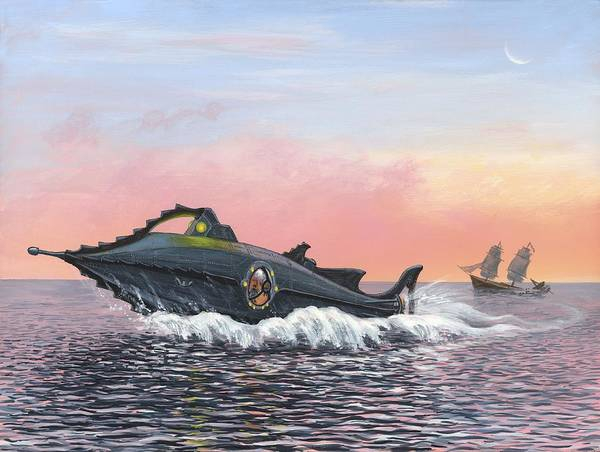
Photo: https://fineartamerica.com/featured/jules-vernes-nautilus-submarine-artwork-richard-bizley.html?product=poster 
Photo: https://steampunkopera.wordpress.com/2011/02/08/jules-verne-10-interesting-facts/ -
An interesting fact about Jules Verne is that he holds the title of the second most translated author in the world. While he has significantly fewer translations to his name than first-placed Agatha Christie (over 7,000 for her vs. over 4,700 for him), this also makes him the most translated non-English author in the world, which is not an average feat.
It's important to note that for non-English writings, he is only joined in the top 10 authors with the most translations by Vladimir Lenin (Russian), Hans Christian Andersen (Danish), and Jacob Grimm (German). Although 150 languages have attempted to translate his works, not all of them are accurate.
He was viewed as a children's book author in English, and his texts were greatly simplified. Additionally, any passages in his works that might have been interpreted as a critique of the British Empire were edited. Thankfully, interest in his work has recently grown again, and it is currently being retranslated for a much more realistic representation.
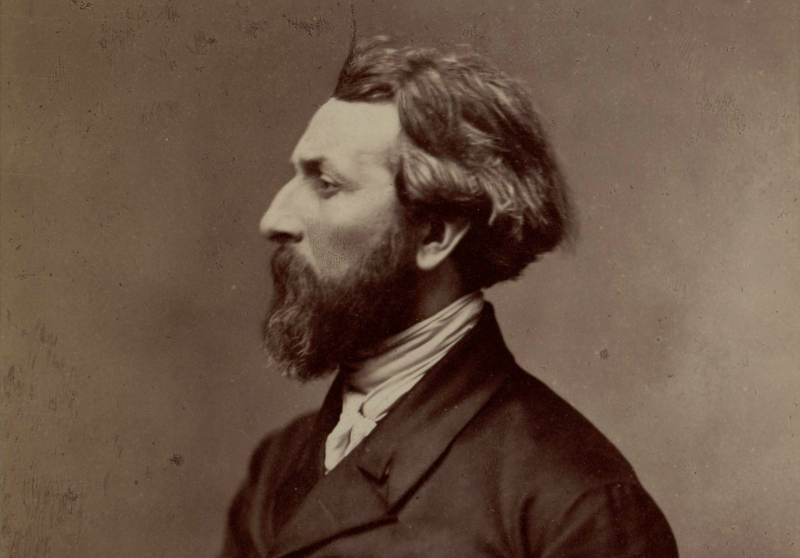
Photo: https://www.scoopbyte.com/father-of-modern-science-fiction-why-is-jules-verne-the-master/ 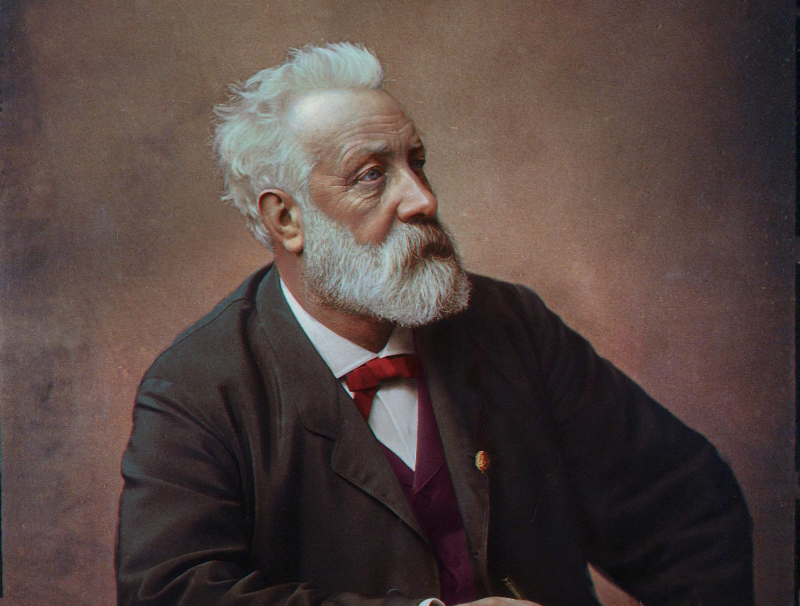
Photo: https://www.scoopbyte.com/father-of-modern-science-fiction-why-is-jules-verne-the-master/






























